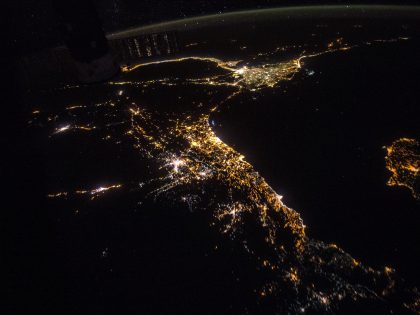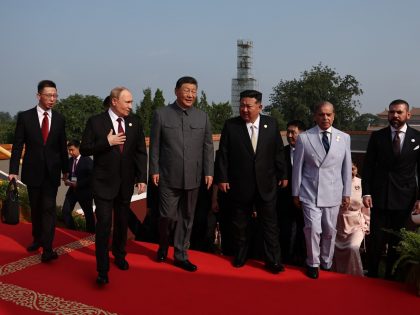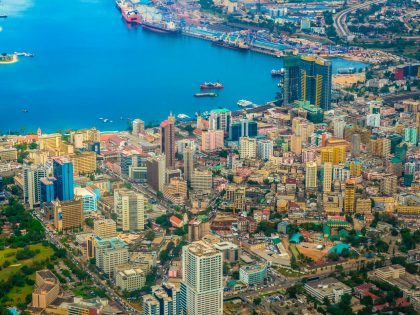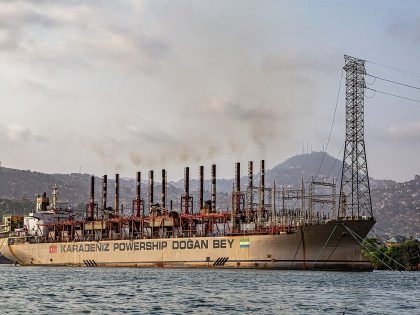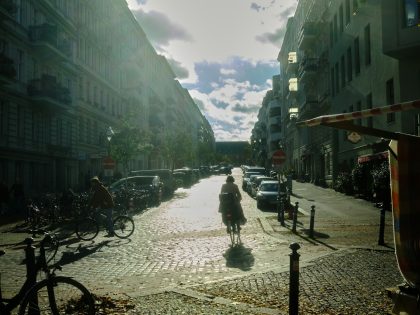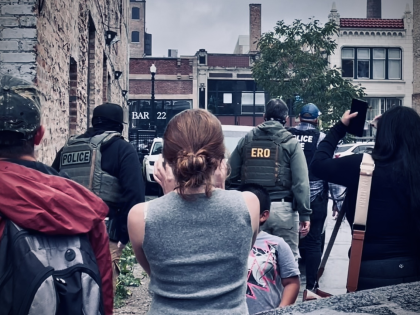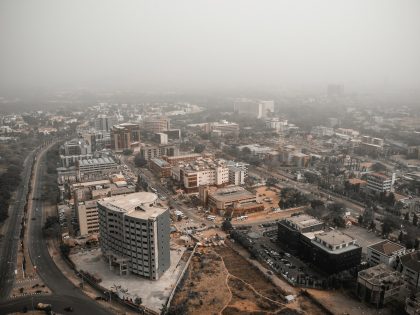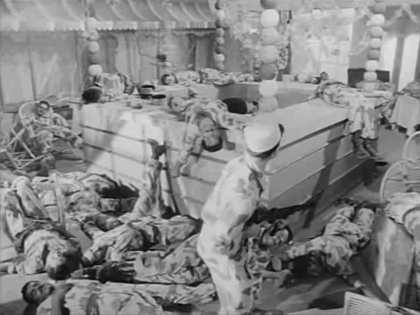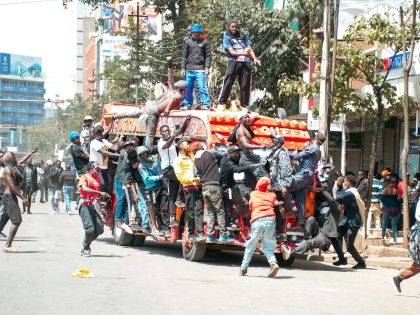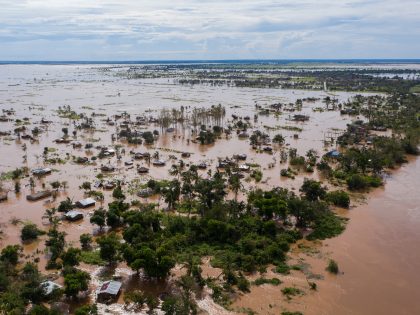On the Journalistic Value of Internet Map Memes

At the Washington Post, the Art of Cartography attained such Perfection that the Map of a complex issue, when color-coded in a way that reassured Americans of their innate Superiority over inferior Peoples, could always be relied upon to get way more Hits than any actual Reporting.
Before long, the Washington Post announced that it had abandoned Journalism forever. The following Generations, who liked Reporting but were not so fond of the Study of Supremacist Cartography as their Forebears had been, saw that these Maps were Useless, and not without some Pitilessness was it, that they delivered them up to the Inclemencies of Sun and Winters. In the Deserts of the West, still today, there are Tattered Ruins of those Maps, inhabited by Animals and Beggars; in all the Land there is no other Relic of the Discipline of The Cartography of Bullshit.
* With sincere apologies to Jorge Luis Borges.
